In recent years, the repurposing of shipping containers has emerged as a creative solution to architectural and environmental challenges. These steel boxes that once traversed oceans are finding second lives as building materials for homes, offices, and even community spaces. By recycling these containers, architects and builders are reducing waste and tapping into a resource that is abundantly available due to global trade imbalances.

However, the environmental impact of using shipping containers in this way is complex and multifaceted. While they offer a sustainable option by reducing the need for new construction materials, considerations such as insulation and energy efficiency become critical in assessing their overall eco-friendly credentials. In cold climates, the environmental benefits of upcycling shipping containers can be significant, but these advantages may be negated if not implemented correctly in hotter regions.
Understanding the complete environmental ramifications requires a deep dive into the life cycle of shipping containers. From their construction and initial use to their eventual retirement and reuse, each phase has environmental implications. Recycled containers do more than just save space in landfills; they embody a principle of sustainability that is instrumental in the ongoing conversation about responsible resource use and green building practices.
The Rise of Recycled Shipping Containers
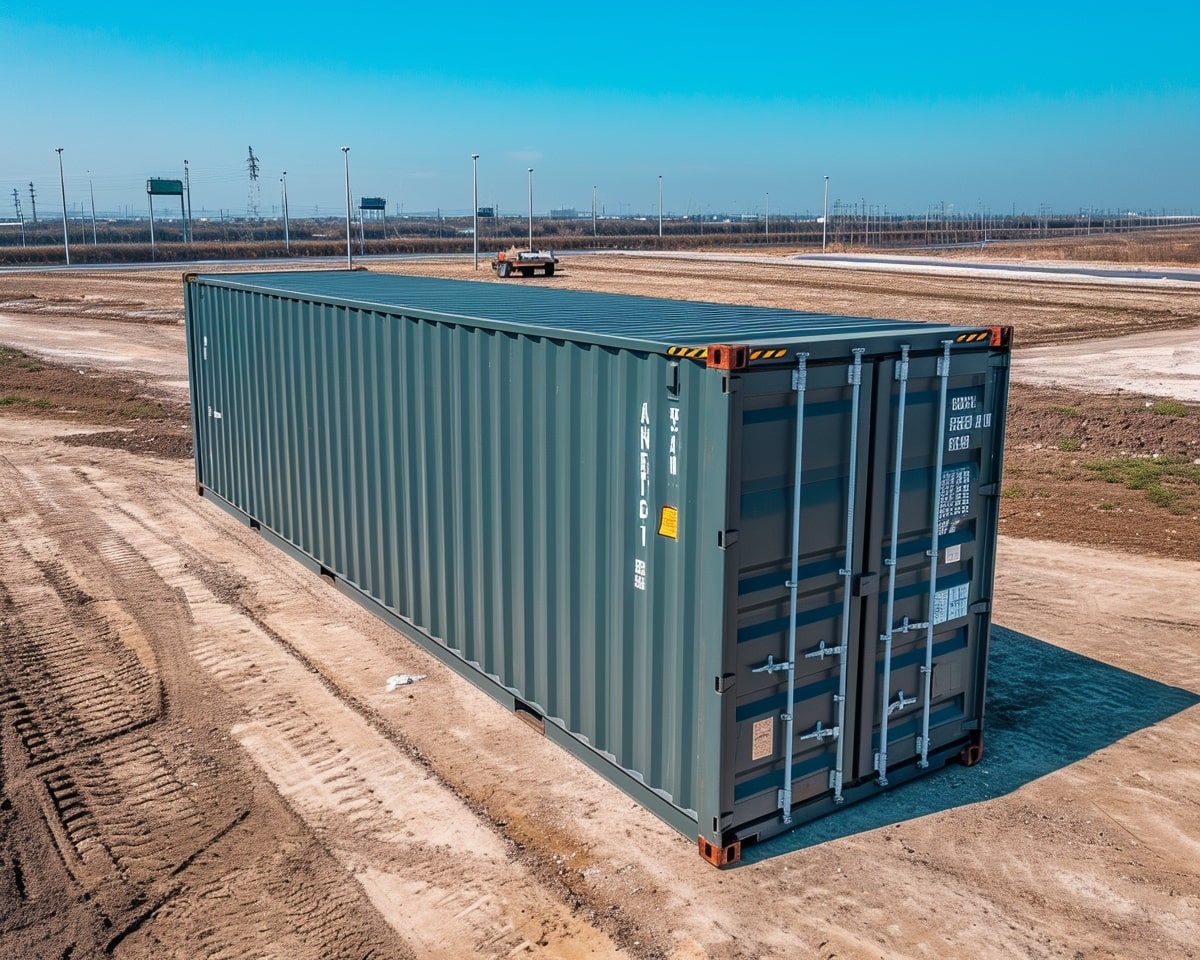
Recycling shipping containers for alternative uses is not only a sustainable approach but also a key component of the circular economy. This practice leverages the robust design of these containers to extend their life beyond traditional shipping.
Historical Context of Container Usage
Initially designed for transporting goods across vast distances, shipping containers revolutionized the logistics industry with their standardized sizes and modular design. Over the years, the accumulation of retired containers presented an environmental challenge. Responding to this, industries and innovators began repurposing containers, initiating the upcycling process that became foundational to today’s circular economy practices.
Shipping Containers and the Circular Economy
The circular economy advocates for reusing materials to minimize waste, and shipping containers are a prime example. The inherent durability of these containers makes them perfect candidates for reuse, thus supporting more sustainable business models. From portable offices to community spaces, their robust structure enables various functional adaptations.
Prevalence of Shipping Container Reuse
With an increase in environmental consciousness, the prevalence of shipping container reuse has grown significantly. Now, a surge in the creative repurposing of containers is evident, particularly in the realm of container dwellings. Architects and builders have recognized the potential in converting these steel boxes into affordable, modular, and stylish housing solutions.
Environmental Advantages of Container Reuse

Reusing shipping containers reduces the carbon footprint associated with construction and offers several sustainability benefits. This repurposing effort contributes to a more efficient use of materials.
Reduced Emissions and Pollution
Recycling steel involves substantial energy consumption and emissions. By repurposing shipping containers for new uses, they circumvent the energy-intensive process of melting down and reforming steel, leading to a significant reduction in greenhouse gas emissions. This practice also decreases air pollution compared to new construction, as manufacturing new steel components emits particulates and other pollutants.
Conservation of Resources
Shipping containers are a boon for resource conservation. They are made of Corten steel, designed to withstand harsh oceanic conditions, which means they have plenty of utility left even after their life at sea. Upcycling these units into buildings or storage saves on the vast quantities of materials such as wood, concrete, and new metals that would otherwise be used, thereby preserving these resources and reducing the overall material consumption.
Leveraging Container Longevity
A shipping container can last for decades with proper maintenance. This longevity allows them to be used continually over time for various purposes from housing to retail spaces and beyond. The extended use of shipping containers as structures demonstrates their enduring nature, ensuring fewer materials are needed over time for new constructions, thus increasing overall environmental efficiency.
Design and Construction Aspects
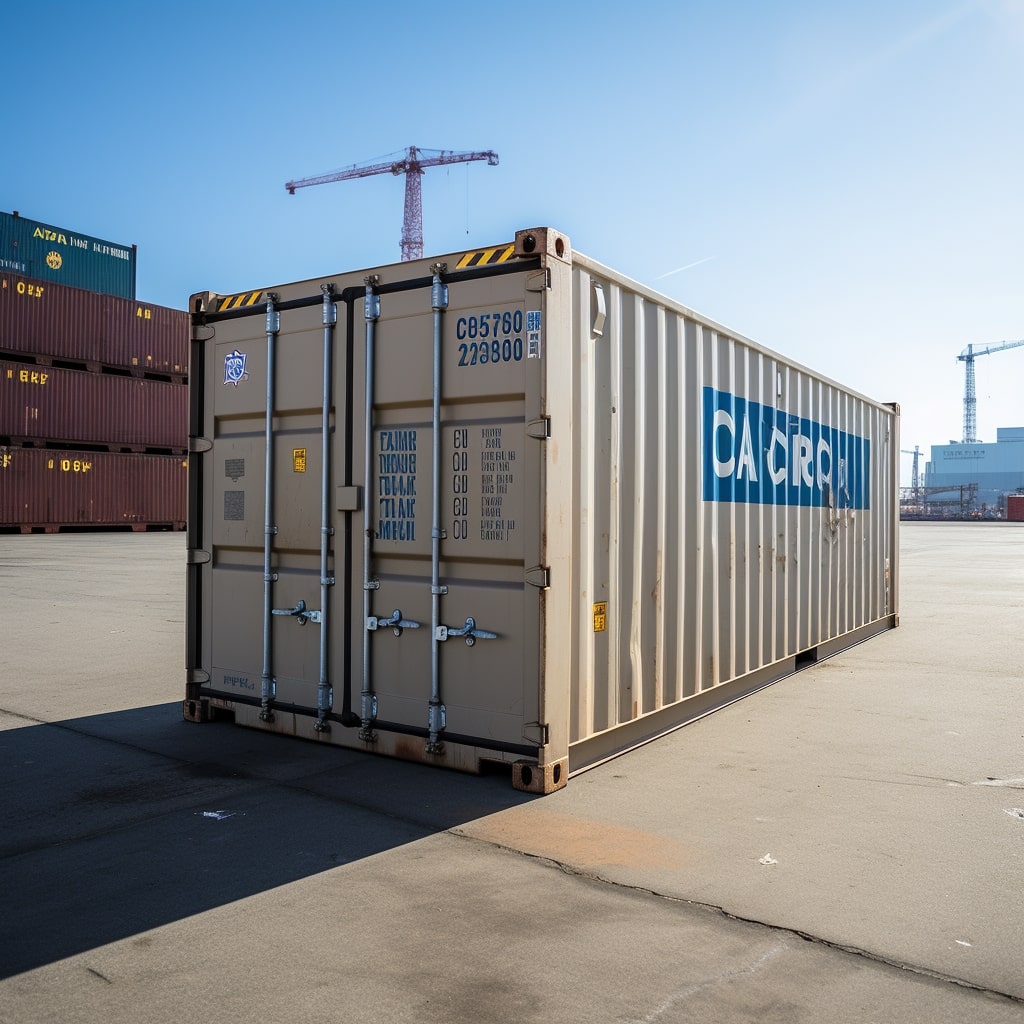
When it comes to upcycling shipping containers, design and construction elements are paramount. They determine the container’s suitability as a habitable space, its energy efficiency, and ultimately its role in architecture. Each container transformation depends heavily on technology, construction techniques, and thoughtful material selection.
Structural and Material Considerations
Shipping containers are inherently strong since they are constructed to withstand harsh marine environments. This strength comes from the corrosion-resistant steel they are made of, making them capable of supporting substantial modifications and loads. However, when containers are cut or joined to create larger spaces, structural integrity can be compromised and must be addressed through reinforcement. In terms of size, most containers offer a compact footprint which encourages modular construction approaches. Using technologies akin to those found in X-Lam structures, they allow for a blend of sustainability and robustness.
Insulation and Energy Efficiency
Effective insulation is crucial to transform a steel box into a comfortable living or working space. The choice of insulation has a direct impact on the container’s thermal transmittance, or U-value, which measures how well the structure retains heat. To maximize energy efficiency, one can employ a variety of insulation materials, each with its own pros and cons regarding thermal performance, thickness, and ecological footprint. Applying the latest in insulation technology ensures that the adapted shipping container maintains an optimal indoor environment while minimizing its energy usage.
Creative Use in Architecture
Architects and designers frequently celebrate shipping containers for their modular construction potential, which enables rapid, scalable, and sometimes temporary solutions. They embrace creative applications ranging from single dwelling units to expansive office complexes, where containers are stacked and interlocked in innovative configurations. The adaptability in size and simplicity in design lend themselves to a diverse architectural expression, showcasing how a utilitarian object can be transformed into an aesthetically pleasing and functional space.
Life Cycle Assessment of Recycled Containers
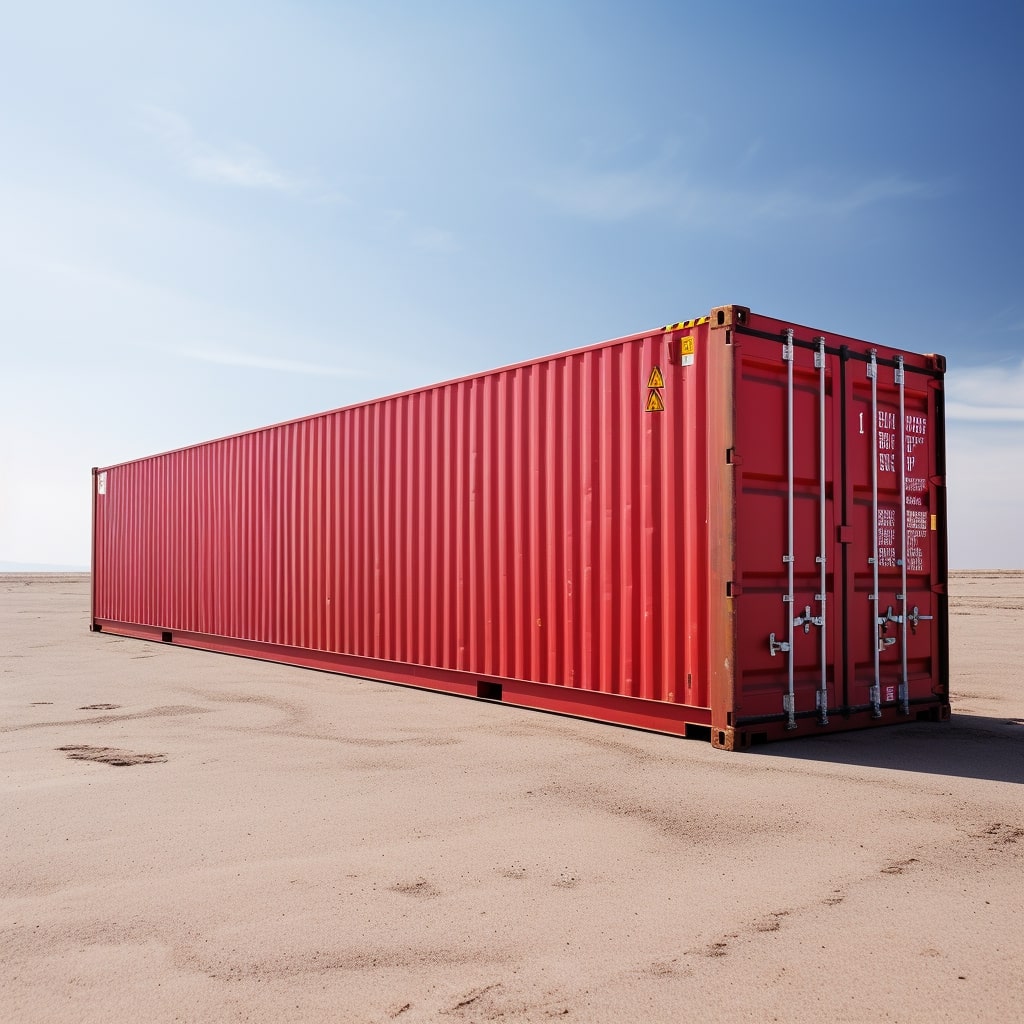
When considering the environmental impact of recycled shipping containers, the Life Cycle Assessment (LCA) plays a crucial role. This process evaluates the potential environmental effects throughout a container’s entire life span, from production and usage to recycling and final disposal.
Understanding LCA
Life Cycle Assessment (LCA) is a method used to assess the environmental aspects and potential impacts associated with a product, process, or service. For recycled containers, LCA includes the raw material extraction, manufacturing, transportation, usage phase, and end-of-life disposal or recycling. This process is critical in pinpointing areas where environmental improvements can be made, thus aiding in the overall sustainability efforts.
Comparative Life Cycle Assessment
A Comparative Life Cycle Assessment compares the environmental impact of recycled containers to traditional single-use containers. This type of Comparative LCA focuses on quantifying the ecological benefits of using recycled materials in terms of resource consumption and waste reduction. It operates on the principle of a ‘functional unit‘, which is a measure of the function of the analyzed systems that allows for a comparison under equivalent functions.
Global Warming Potential Analysis
The Global Warming Potential (GWP) Analysis is an essential component of the LCA which measures how much heat a greenhouse gas traps in the atmosphere compared to carbon dioxide. This subsection of LCA quantifies the GWP of recycled containers, considering factors like the emissions produced during recycling processes, and identifies how changes in the life cycle can reduce the impact on global warming.
Impact on Global Environmental Policies
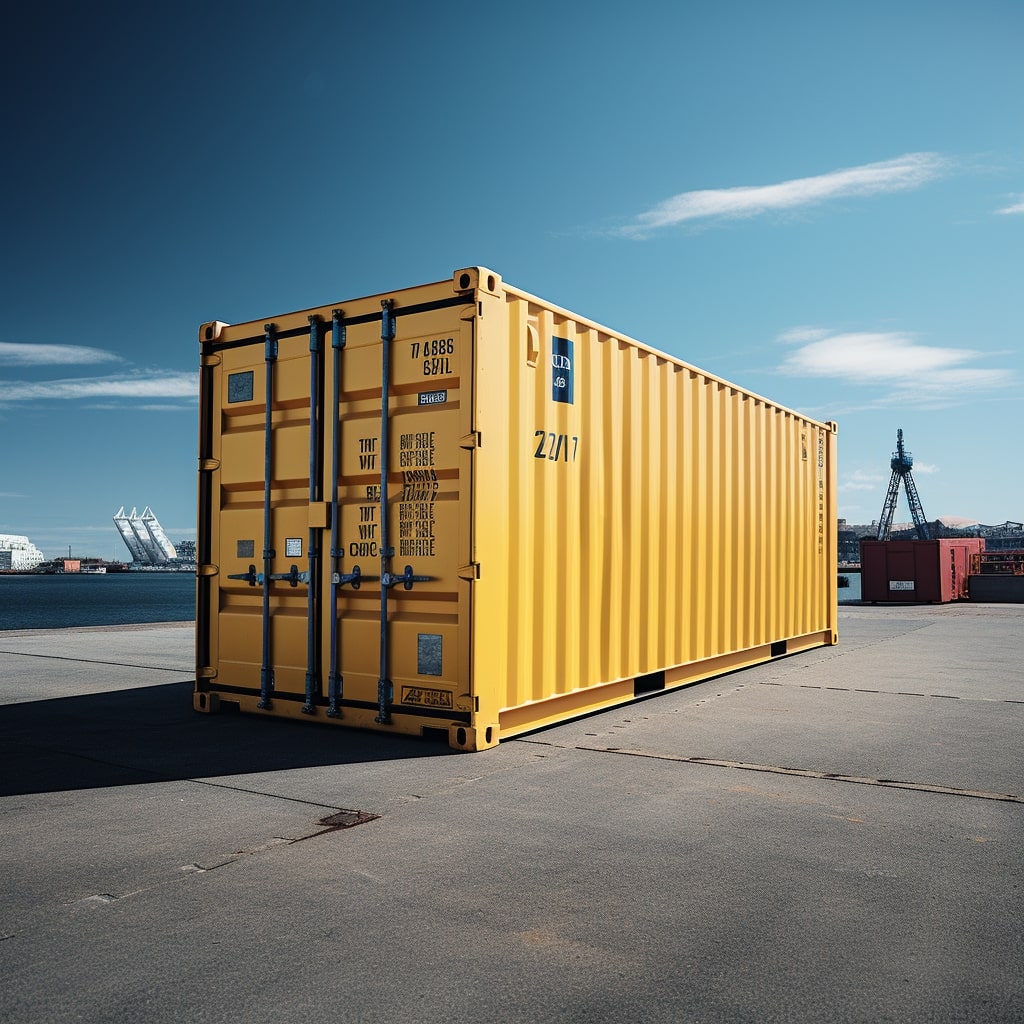
In addressing the environmental impact of recycled shipping containers, global environmental policies have increasingly pivoted towards stricter regulations and incentives to promote sustainable practices. Entities like the European Parliament (EP) and the International Maritime Organization (IMO) play crucial roles in this shift, directly affecting global warming and greenhouse gas emissions.
National and International Regulations
European Union (EU) member states are subject to stringent environmental regulations that govern the recycling and reuse of shipping containers. These regulations are designed to minimize the carbon footprint and mitigate the effects of global warming. On a broader scale, international agreements and protocols often set the baseline for these national policies, ensuring a collective effort to reduce greenhouse gas emissions.
Incentives for Sustainable Practices
Governments, in collaboration with organizations such as the International Council on Clean Transportation (ICCT), often establish incentives for companies to adopt environmentally friendly practices. This may include tax breaks or funding for projects that utilize recycled shipping containers in construction, thereby contributing to a circular economy and reducing industrial carbon emissions.
Role of the International Maritime Organization
The International Maritime Organization (IMO) is pivotal in setting global standards to curb greenhouse gas emissions from maritime shipping. Its regulations encourage recycling and repurposing of containers. Additionally, the IMO supports innovation and development of more energy-efficient container ships, which complements the efforts of national policies and boosts the impact of incentives for sustainability.
Challenges and Considerations

When evaluating the practice of recycling shipping containers for construction purposes, one must consider several key factors such as ensuring safety and quality, addressing potential toxicity, and understanding the economic implications.
Addressing Limitations and Safety
Recycling shipping containers into habitable spaces involves crucial safety and quality assessments. Research indicates that while these structures can be durable and strong, they must be properly modified to meet building codes. For instance, the structural integrity of a container could be compromised by cutting for windows or doors without adequate reinforcement, leading to potential liability issues.
Toxicity and Health Concerns
Concerning toxicity, the original purpose of shipping containers raises health concerns. Since containers are designed for ocean transport, their paint and coatings are intended to withstand harsh conditions, which may contain harmful substances like lead or chromate. Stringent research to identify and mitigate these risks is pivotal to ensure they meet safety standards for human occupancy.
Economic Implications of Reuse
Utilizing shipping containers for building can contribute to economic growth through innovative reuse, yet there are financial aspects that need attention. Conversion costs, lifecycle analyses, and ensuring that modifications are economically viable are part of the evaluation process. It’s also important to consider the long-term liability that comes with navigating the complexities of non-traditional building materials.
Case Studies and Practical Applications

The use of recycled shipping containers in construction demonstrates a commitment to sustainability. They serve various functions across housing, retail, and global development projects, revealing their versatility and potential for environmental benefits.
Housing and Community Projects
Recycled shipping containers have found significant applications in housing and community projects. In Vancouver, a project used these containers to create affordable housing solutions, benefiting locals with lower-income. Elegant and practical, these building materials also contribute to greener living in urban environments.
In Durban, a similar initiative has provided secure and cost-effective homes, crafted from these ever-versatile steel boxes. The Greentainer Project in various locations stands as another example of containers turned into vibrant community spaces, marrying functionality with sustainability.
Commercial and Retail Spaces
Commercial and retail spaces have embraced the container revolution as well. Entrepreneurs and business owners appreciate the lower costs and the statement made by their eco-conscious choice. Container-based construction for retail spaces not only reduces the carbon footprint but also offers a unique aesthetic appeal.
From popup shops to full-scale malls, cities like Chennai have incorporated these structures into their landscape, setting an example for innovative, eco-friendly commercial development.
Impactful Projects around the World
On a larger scale, recycled containers have been part of impactful projects around the world. The London Olympic Park, for instance, integrated these materials in its infrastructure, symbolizing a commitment to sustainability during one of the world’s largest sporting events.
In addition to sports, educational facilities and emergency shelters across various continents are harnessing the adaptability and robustness of shipping containers. They are proving to be a valuable resource in building a more sustainable future, from classrooms in developing nations to emergency housing in disaster-stricken areas.
Environmental and Economic Future
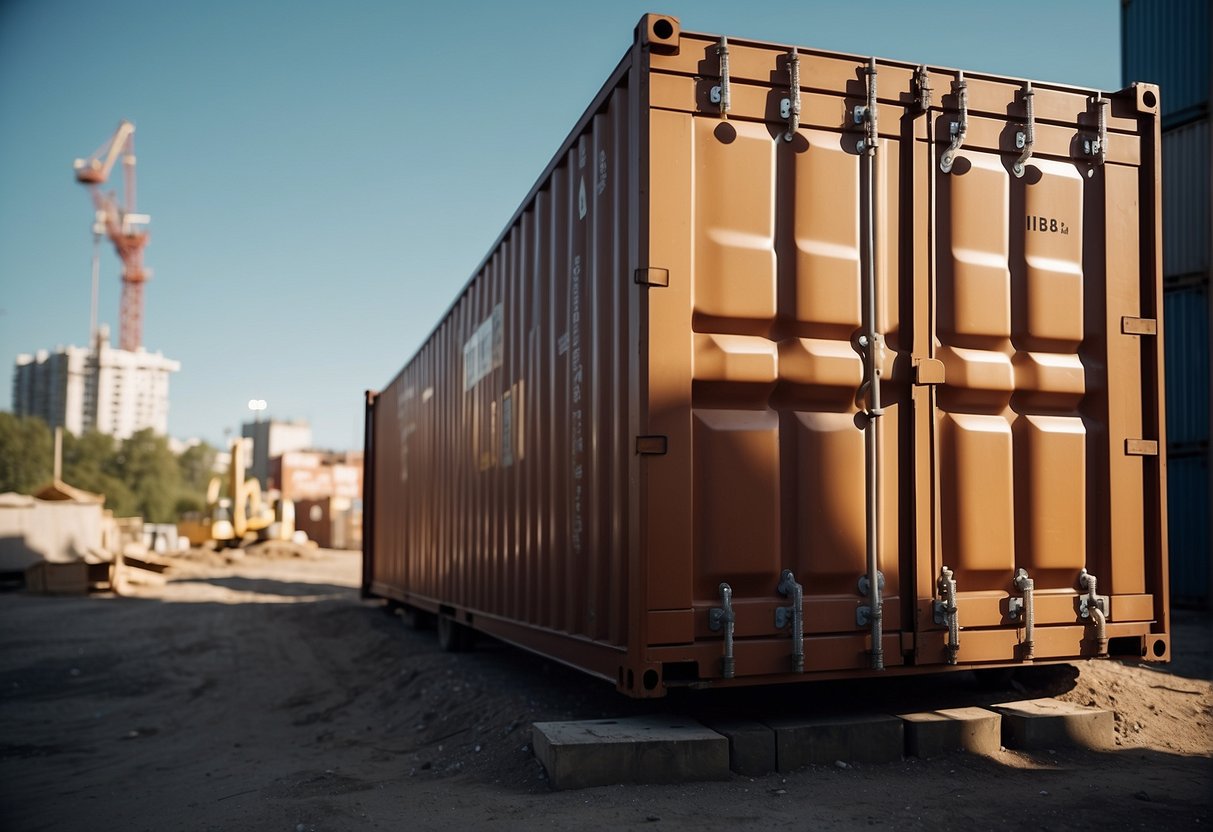
The environmental and economic implications of recycling shipping containers are becoming increasingly important as we address climate change and the need for sustainable practices. This section explores the trends, global economic impacts, and the potential for upcycling these versatile structures.
Trends in Sustainable Building
In the quest for sustainability, the construction industry is seeing a rise in the use of repurposed shipping containers. The demand for eco-friendly building materials emphasizes reducing carbon footprints and mitigating climate change. These trends align with the principles of reuse and recycling, encouraging a departure from the linear economy toward a more circular one where materials are continuously repurposed.
Shipping Containers in the Global Economy
Shipping containers play a pivotal role in global economy, moving goods across continents. However, a surplus of unused containers in import-heavy nations presents both an issue and an opportunity. These containers, if not recycled or upcycled, contribute to waste accumulation, contrasting with aims for economic growth that doesn’t come at the cost of environmental health.
Prospects for Upcycling and Reclamation
The potential for upcycling shipping containers is vast, with applications ranging from affordable housing to commercial spaces. They offer a solid structure for building, demand little resources in terms of recycling, and can drive economic growth in new sectors. As the world shifts towards a more circular economy, shipping containers represent a tangible asset for environmental and economic futures.
